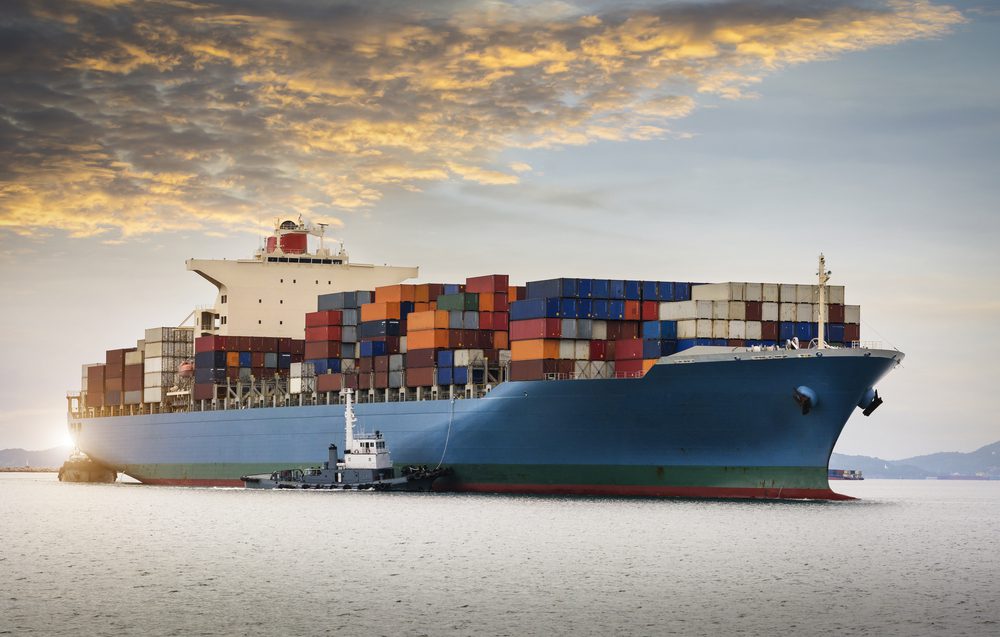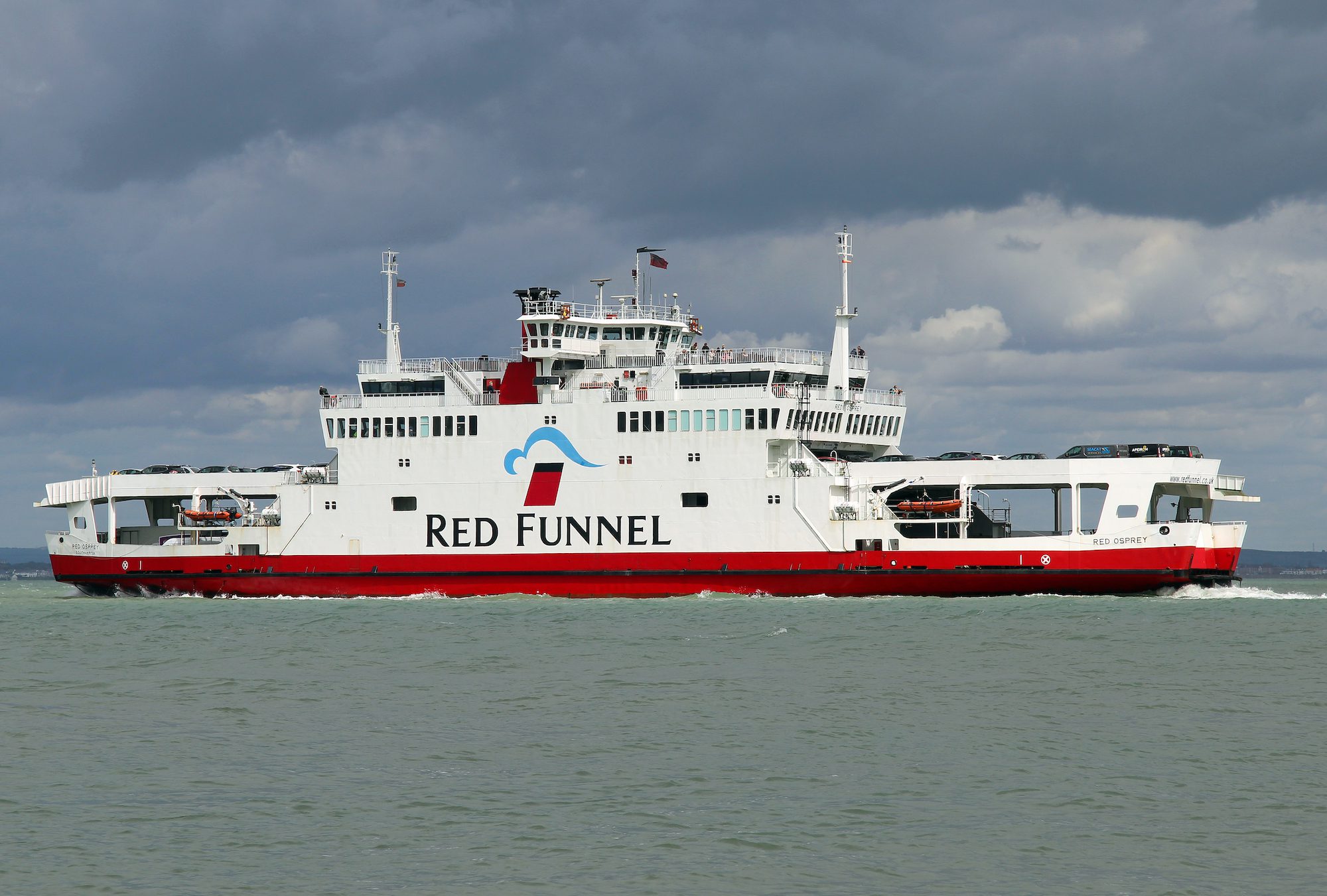East Coast ports are falling victim to their own success, says Xeneta’s Peter Sand.
Less than one in five containerships are now arriving on time on the U.S. East Coast as the West to East coast cargo shift hits schedule reliability, according to market intelligence platform Xeneta.
East Coast ports have gained this year due to a continuing shift in container shipping capacity away the West Coast in the Far East to the United States trade. Unfortunately, this shift has caused congestion for East Coast ports as West Coast ports improves relative to their peak in late 2021 and early 2022. In fact, the situation on the East Coast has now deteriorated to the point where less than one in five container ships, or 18.7%, currently arrive on time, according to Xeneta.
“We’ve seen a stretched supply chain on the US West coast for a protracted period,” said Peter Sand, Chief Analyst at Xeneta. “This has been frustrating for both the carriers and cargo owners, with, at peaks times, vessels having to wait for three weeks, or more, for a berth at Los Angeles and Long Beach. That congestion has provided impetus for carriers to adjust capacity and try to side-step bottlenecks, looking East instead.”
East Coast ports have seen cargo volumes increase nearly 12% this year and Sand notes that, in the past three months, capacity between the Far East and the US East Coast has risen by 18.9% year-on-year—translating to an average capacity of 210,000 TEU, the equivalent of carriers adding four 8,750 TEU ships, per week against 2021 levels, according to Xeneta.
“This is a major shift, but unfortunately it also comes with major repercussions,” said Sand. “As more vessels and cargo heads East – there’s been a 11.9% increase in volumes so far this year, with a 7.3% year-on-year increase in May alone – the chain on this side of the country is pressurized, and there’s a price to pay in terms of reliability. So, in a way, the East Coast becomes a victim of its own success and the West has the breathing space to recover somewhat.”
Current figures from the Port of New York and New Jersey showed 19 ships at anchor, while at the Port of Savannah the number of ships at anchor has exploded to more than 40. The two ports are the largest and second largest ports on the East Coast, respectively.
“This begs the question; what do carriers do now? Shift back again, or hold out for improvements?,” Sand asks.
While West Coast ports still enjoy the “lion’s share” of capacity from the Far East, year to date cargo volumes are down 8%, with May 2022 registering a significant 12.8% year-on-year decline, according to Xeneta. As a result, West Coast ports’ share of inbound cargo volumes from the Far East has fallen from over 66% in July 2021 to a little under 60% currently.
“Despite ongoing concerns portside, with the continued threat of industrial action from dockworkers, amongst other factors, those shipping to the West Coast will have enjoyed easing congestion of late. Fewer ships mean less pressure, and schedule reliability has now reached its highest level in over a year,” said Sand.
“Nevertheless, only 24.8% of ships are arriving on time – with an average delay of 9.9 days (against an average of nine days on the East Coast) – so there’s still a lot of work to be done. It’ll be very interesting to see how this develops, as well as, of course, how rates are impacted by the capacity adjustment and changing demand picture going forwards,” Sand added.
About those rates… Drewry’s composite World Container Index (WCI) for spot rates decreased by another 2% this week, marking the index’s 23rd consecutive weekly decrease and 29% below the same week last year. Looking at spot freight rates by major route, Shanghai-Los Angeles rates fell 3% on the week, to $7,280 per 40ft container, and are down 32% compared to last year. Shanghai-New York rates fell 1% weekly, to $9,842, and are now down 29% year-on-year. Still, the Drewry WCI composite index for spot rates remains 84% higher than the 5-year average.
Meanwhile, a report from Xeneta last week said long-term container shipping rates, which ocean carriers bank on, are showing signs of peaking.
Unlock Exclusive Insights Today!
Join the gCaptain Club for curated content, insider opinions, and vibrant community discussions.

 Join The Club
Join The Club













